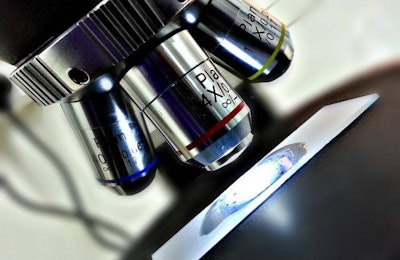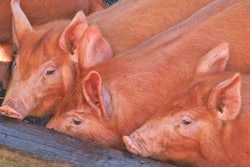
Researchers have spent decades attempting to develop a vaccine for African swine fever (ASF), without success.
Some of the first attempts took place in the 1960s. Researchers in Spain injected pigs with a weakened virus that initially protected against ASF, but that ultimately caused the swine to come down with a chronic form of the disease, recounts Linda Dixon, who heads the ASF research group at the U.K.’s Pirbright Institute.
Vaccines for relatively simple viruses can be made by killing the virus and injecting it into the animal. The dead virus is unable to cause actual illness, but the host’s immune system recognizes and remembers the virus in the event of future exposures. But ASF, Dixon said, is different. A massive, complex virus that contains more than 100 genes, ASF has so far managed to evade even advanced attempts at developing an effective vaccine.
Although there are multiple strains of ASF — some of which have yet to be identified — this isn’t the primary reason why scientists have been unable to develop a vaccine, Dixon said. The majority of ASF cases in domestic swine are caused by the same strain of the virus — genotype 2, also known as the Georgia virus due to its association with an outbreak in that country in 2007. In fact, the virus causing the current outbreak in China is essentially identical to the strain behind the outbreak in Georgia and Russia a decade ago.
“That’s good news in terms of a vaccine,” Dixon said, because it means the virus is not prone to rapid mutation, unlike the viruses associated with diseases like influenza. “It means there’s a good chance you develop a vaccine and it’s going to work.”
Why ASF is so challenging
But to date, attempted vaccines for ASF haven’t worked. The simple approach — killing the virus and injecting it into the animal — doesn’t work because ASF is capable of producing proteins that aren’t present in the dead virus. The host immune system is unable to recognize these additional proteins when the live virus is encountered.
To protect against ASF, any successful vaccine must either contain key proteins expressed by the live virus, or else contain the live virus itself — a risky proposition with regard to a virus capable of surviving in the environment for months without a host, and that kills most of the swine it infects.
There are two areas of research that hold promise, Dixon said. Targeted gene deletion, which involves identifying and removing the genes the virus uses to cause an actual infection, could create a virus that still looks and acts like ASF, triggering an immune response without causing illness. Other researchers are trying to identify a combination of viral proteins that could be injected to teach the swine immune system to recognize ASF without introducing the virus itself.
Research groups have developed promising trial vaccines using both methods, Dixon said, but all still need to undergo further safety and clinical trials before they’re ready to deploy.
Small tests in contained environments are one thing, Dixon said, but large-scale field tests “need to be done to be sure it’s safe and effective. Progress is being made, but it’s still a way off.”
View our continuing coverage of the African swine fever outbreak.


















